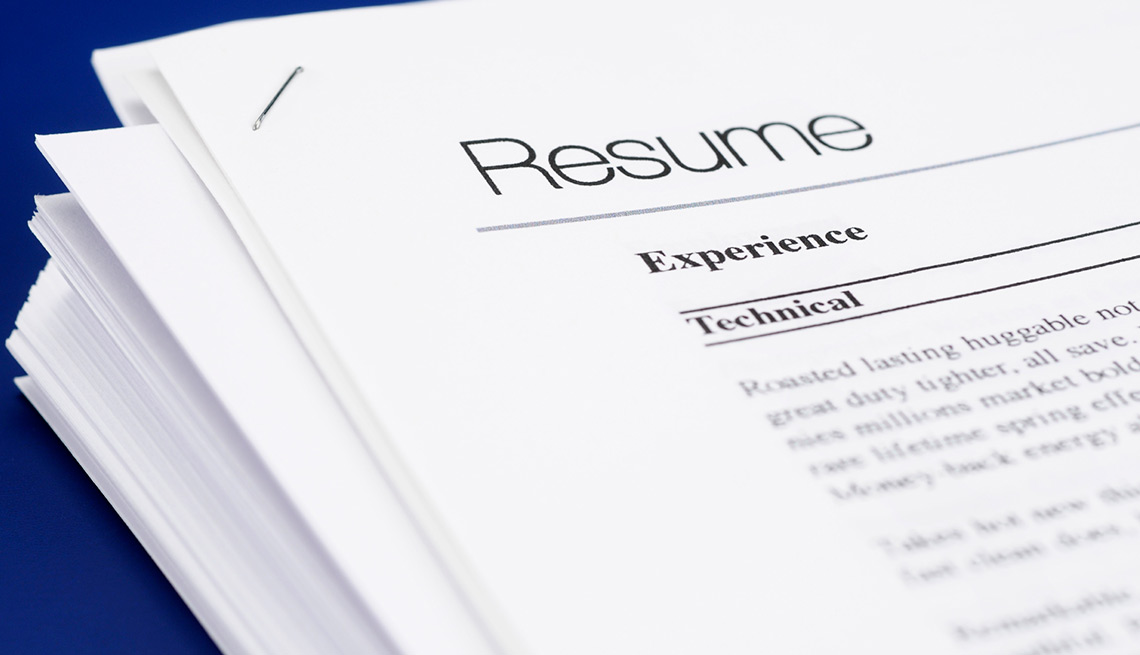The managers are responsible for selecting the candidates receive hundreds of CVs every day, many of which are characterized by the same graphics. These presentations, which do not necessarily contain errors, could be made much clearer and more legible. More attention to detail improves your resume and makes it more interesting for employers. Furthermore, perfecting the document does not require much effort: take a look at these 10 simple strategies and improve your resume in a few minutes.
1 – Use bulleted lists to highlight information.
Given the amount of CV received, the recruiters dedicate only a few seconds to each candidate: it is essential, therefore, to take advantage of that handful of seconds to highlight their potential. Improve your resume with a bulleted list and simplify the work of those who evaluate the applications.
2 – Follow the golden rule for the preparation of the curriculum.
The curriculum vitae must include all the information in order of importance; in this way, even the most distracted and hasty reader does not risk missing an interesting detail. The chronological curriculum, one of the most used models, is based precisely on the idea that the last experience gained or the last degree obtained can be the most significant.
In reporting your work experience, therefore, put the most relevant selection goal first. The same description must follow a logical order that is generally the following: role, company, place, dates. Many candidates give greater importance to the period of employment; in most cases, however, employers prefer to know what the candidate has done and for whom he has worked rather than at what time or for how long. Furthermore, we must not forget to indicate the city and country of the company; this reference, which is often overlooked or neglected, is actually very important for those who evaluate the curriculum. Finally, reporting the type of employment as primary information becomes fundamental when the curriculum is inserted in a system and cataloged automatically.
The golden rule for the preparation of the curriculum is valid not only for the “Work experience” section but also for the “Education and Training” section. In this case, you must indicate, in order, the name of the degree course, the university, the city and the country of the university, the year in which the degree was achieved. The same order must be followed if the studies are still in progress; in this case, it is possible to indicate the presumed graduation date or simply write “in progress”.
3 – Focus on “results” and not on “responsibilities”.
Improve your resume by removing all the words that refer to the idea of responsibility. The purpose of the curriculum, in fact, is to describe one’s own skills through the results and objectives achieved over time. Limit yourself to describing the tasks received and the responsibilities not convincing; having assumed a prestigious role, in fact, does not necessarily mean having been up to that role. We must demonstrate, on the contrary, that we know how to go beyond the duties required by our job. What makes you special? How could you make a difference in the company? Focus on these aspects and tell how you exceeded the expectations of your previous employers.
4 – Eliminate all unnecessary elements.
Many elements do not add any information but contribute to making the curriculum difficult to read: identify these contents and improve your curriculum by using a more effective style.
- The superfluous dates: Always ask yourself if the date is an added value or could be easily guessed by the reader of the curriculum. For example, if you have indicated the period of your university studies and you are describing your curricular internship experience, it is not necessary to repeat the date again. Similarly, if you refer to a corporate training course and have already specified in which years you have worked for that company, you can avoid writing the dates again.
- The brackets: Information entered in brackets is almost always ignored and slows down reading. Instead, use commas or delete the content of the brackets directly, if you think it is not particularly relevant
- The indication “References: on request”: Mention one’s willingness to provide references is not wrong in an absolute sense; The information, more than anything else, could be a bit taken for granted, having already referred to previous employers. If your resume is already quite verbose, then, save some space by eliminating this wording and, perhaps, insert it in your cover letter.
- The particles: The curriculum must have an essential style, characterized by concise and direct sentences. Try to shorten the descriptions as much as possible, eliminating articles and other superfluous particles. Take a look at the following examples and improve your resume by avoiding too complex periods.
5 – Express concrete concepts and do not alternate verbal sentences and nominal sentences.
Here are some examples of verbal phrases and nominal sentences that you can take as a starting point for developing your curriculum vitae. Choose the solution that you think is most effective and keep the same style throughout the document.
- I managed and supervised all aspects of companies on the Tyrrhenian coast. (Verbal sentence)
- Excellent knowledge of financial standards. (Nominal sentence)
- Complete management of financial statements. (Nominal sentence)
- I analyzed the market situation and sales trends, establishing budgets and monitoring investments to achieve the set results. (Verbal sentence)
Verbal sentences can be easily streamlined, using direct and high-impact verbs; here are two simple examples of concise, clear and dense phrases …
- I managed the inventory and financial standards
- I monitored the profits and losses of the transactions
Finally, avoid using generic expressions such as “doing” or “working”. Always try to be specific: “I worked with the marketing sector to do promotional campaigns” can be transformed into “I worked with the marketing sector to develop promotional campaigns”.
6 – Focus on work experiences and skills that will be useful to you in your new job.
Focus on the skills developed in the past and expendable in the new work experience. The other experiences and skills, which are in no way connected with the position for which you are applying, can be omitted.
7 – Choose the right length for your curriculum vitae.
The ideal length of the curriculum vitae is a page; if your work experience is rather consistent, however, don’t worry about using two.





